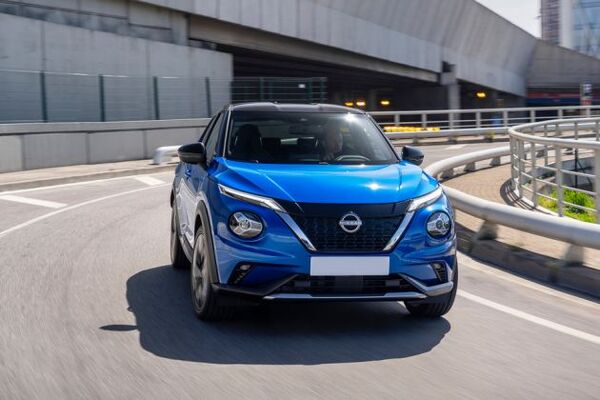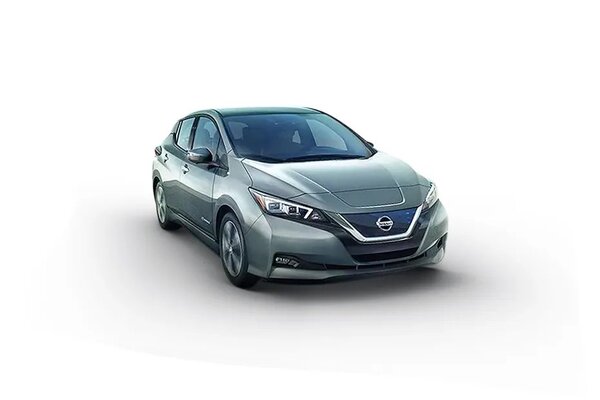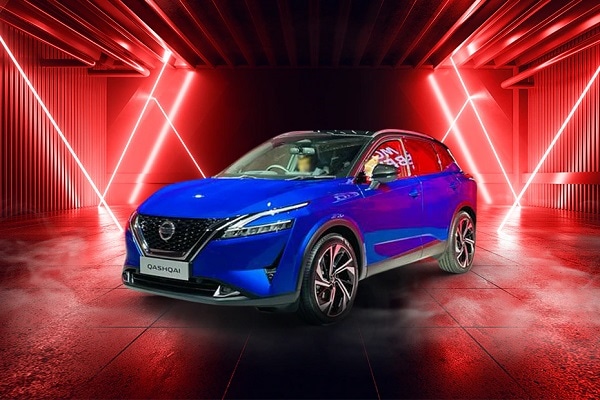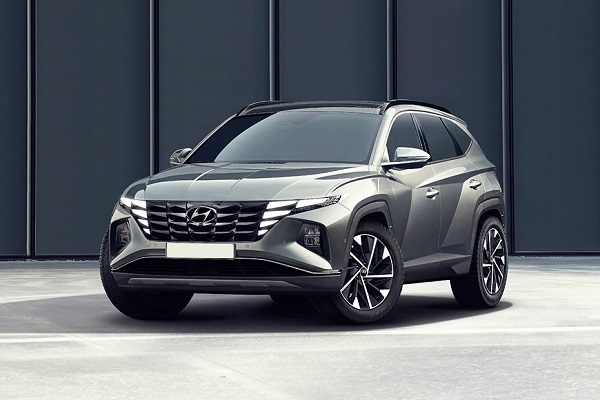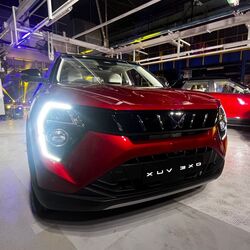Nissan relies on this material for CO2 reduction
- Nissan aims to use this innovation in achieving carbon neutrality by 2050.
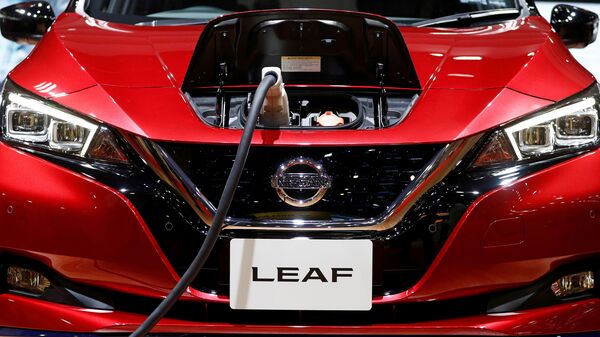

Japanese auto manufacturer Nissan has developed a new material in collaboration with the Tokyo Institute of Technology, which is claimed to help the automaker to reduce CO2 emission. The material is christened as photon upconversion (UC) and it is claimed to improve the efficiency of artificial photosynthesis that will split water into oxygen and hydrogen. Nissan aims to use this hydrogen with CO2 to produce raw compounds like olefins for resins. These resins would be used in future Nissan cars.
Also Read : Renault, Nissan, Mitsubishi to jointly develop EVs, to reveal plans this week
The car brand claims that it plans to achieve carbon neutrality throughout the life cycle of its products by 2050. This new technology will contribute to Nissan’s aims by enhancing the use of CO2 as a raw material, which can reduce its dependence on fossil fuels in the manufacturing of resins and other products.
Also check these Cars
Resin is vehemently used in the automotive industry as fillers and adhesive on the body of vehicles. It works with a variety of surfaces including plastics, fibreglass, metals and wood.
Nissan claims the newly developed UC solids convert presently wasted long-wavelength light into short-wavelength light, which can be used in a variety of artificial photosynthesis applications. The new UC materials are stable solids that can continue to function even when oxygen is present.
The latest innovation comes in line with the automaker's strategy to achieve carbon neutrality across all operations. The automaker has set a goal to achieve carbon neutrality across all operations and products by 2050. By the early 2030s Nissan aims to offer all its new vehicles as electrified in key markets. A part of this carbon neutrality achieving strategy is extracting raw materials sustainably from end-of-life vehicles and other recyclable resources. The UC is expected to play a key role in that.







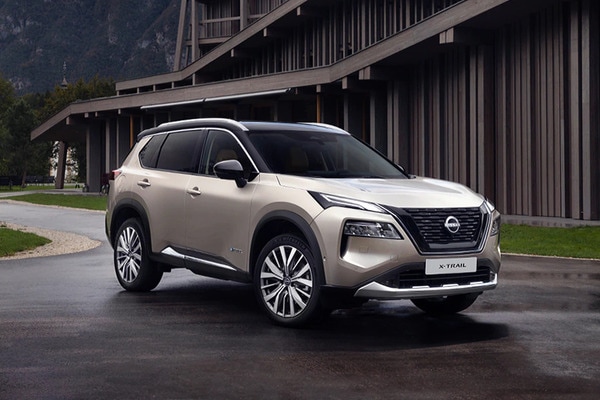
 1995.0 cc
1995.0 cc Diesel
Diesel